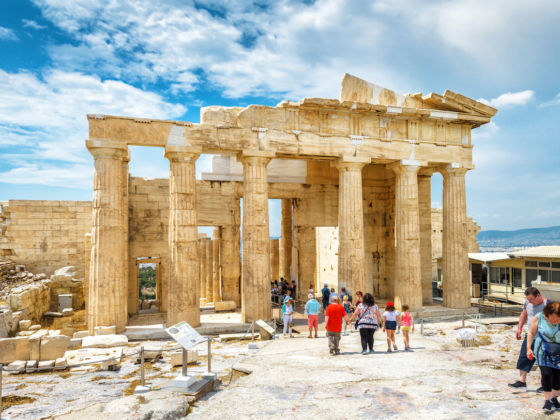DURING MY THREE MONTHS in Greece, I returned to Athens time and time again. I am not a big city girl, but there’s something about Europe’s oldest city that hooked me like a fish. It’s real. It’s gritty. It’s honest. It’s no Eiffel Tower beaming its romanticisms across a Paris landscape, muting poverty and pollution. In Athens, what you see is what you get.
Most of the time, every traveler I met was spending a brief night or two in Athens before moving on to the islands. I love the Greek Islands, but comparing Athens to the islands is like comparing apples to oranges, or cats to penguins. It just doesn’t make sense.
I spent many evenings at AthenStyle, a wonderful hostel with a rooftop bar overlooking the Acropolis. I befriended the two workers there, Anna and Steve, and stuck to them like glue. For Easter we had a lamb roast and a party, and I confessed my unwavering fascination with the birthplace of democracy.
“I’m going to miss this place too,” Steve said. “I can’t count how many times I’ve seen a bum shitting in the alley on my way to work.”
Realness.
